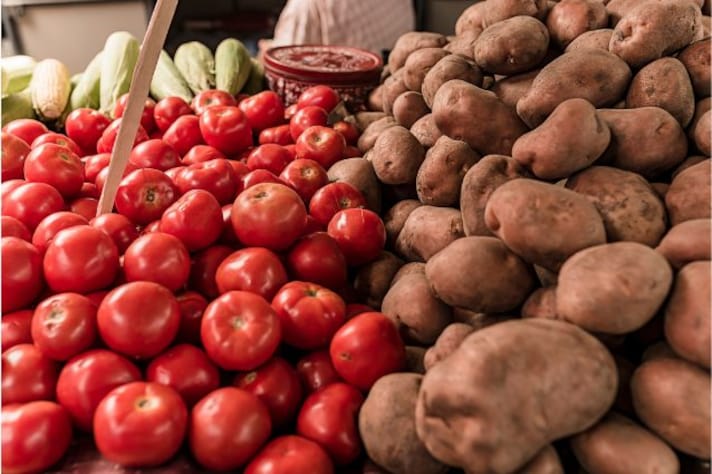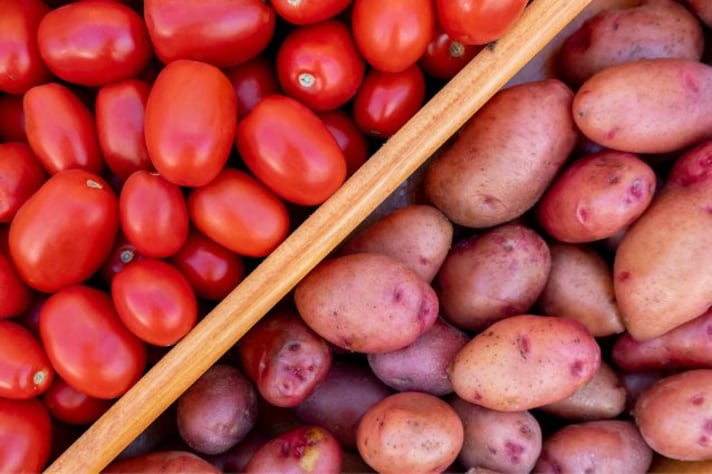Why You Should Never Plant Potatoes Next to Tomatoes in Your Garden
Tomatoes and potatoes should not be planted together due to shared disease risks, particularly blight, and nutrient competition. They require spacing of at least 3 feet apart and benefit from crop rotation to prevent soil nutrient depletion and disease spread. Proper planning ensures healthier crops.

Gardening enthusiasts often look for ways to maximize their garden space, leading to the practice of companion planting. However, not all plants thrive when placed next to each other. A prime example is the tomato and potato, two popular crops that, despite their shared family, should not be planted in close proximity. Understanding why can help prevent potential agricultural and horticultural issues, ensuring the health and productivity of your garden.
Why Keep Tomatoes and Potatoes Apart
The most significant reason to separate tomatoes and potatoes stems from their susceptibility to the same diseases, particularly blight. Blight can devastate both crops, and if one plant becomes infected, it can quickly spread to the other. This disease thrives in moist conditions and can easily be transmitted through spores carried by the wind. By planting tomatoes and potatoes apart, gardeners can reduce the risk of both crops being affected simultaneously.

Tomatoes and potatoes have similar nutrient requirements, including a high demand for phosphorus and potassium. When planted too closely, they compete for these essential nutrients, potentially stunting growth and reducing yield.
While it's a common myth that potatoes and tomatoes can cross-pollinate (since potatoes are generally propagated from tubers and not seeds, and tomato seeds are not affected by pollen from potato plants), the real issue lies in disease management and nutrient competition. Cross-pollination between these plants is not a concern, but the close proximity can still lead to other agricultural challenges.
Ideal Planting Distances
To minimize the risk of disease transmission and nutrient competition, tomatoes and potatoes should be planted at least 3 feet apart. Some experts suggest even more distance, up to 10 feet, if space allows. This separation helps to ensure that if one crop is affected by a disease, it's less likely to spread to the other.

Rotating Tomatoes and Potatoes
Rotating crops is a crucial practice in gardening that can help manage soil nutrients and reduce disease buildup. If tomatoes or potatoes were previously grown in a particular area of the garden, it's advisable to plant a different type of crop in that space in the following year. However, after a full growing season has passed, it is generally safe to plant tomatoes where potatoes were previously grown and vice versa. This rotation helps to prevent the depletion of specific nutrients in the soil and reduces the risk of disease carryover from one year to the next.
;Resize,width=767;)
;Resize,width=712;)


